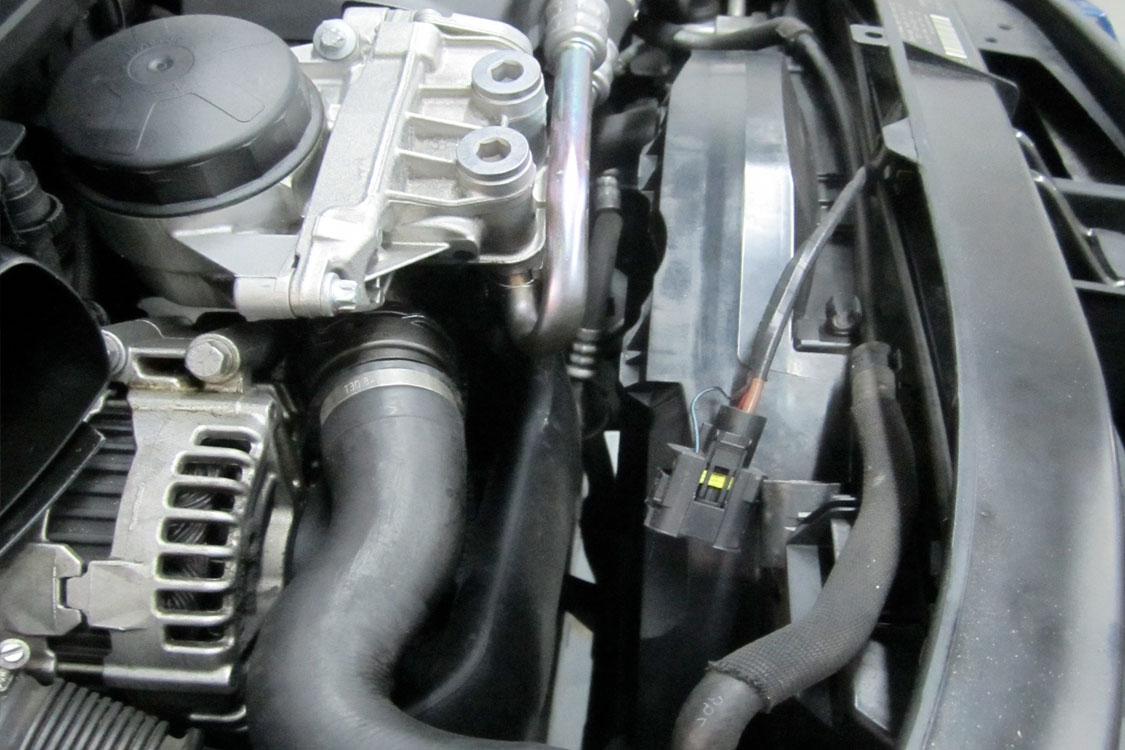
Cooling System Service
Whenever a fluid is in contact with metal, electrochemical degradation takes place which results in a higher than normal level of acid present in any given fluid. This higher acid level, if left unchanged, can result in very costly repairs. As a result, it is recommended to flush your cooling system, and most importantly PH balance your antifreeze at least once every 2 years or 60,000 km. This will help reduce the acid level and extend the life of your radiator, heater core, water pump, head gaskets, freeze plugs, and hoses.
You have probably heard many times that your cooling system should be –35 degrees and you wonder why, when it never gets that cold. The reason is: water is the best conductor of heat because the molecules are spaced far apart and heat can move into the water very easily. The problem with water is, it’s corrosive when in contact with metal and can freeze. Antifreeze is added to the water to protect the metal, keep the water from freezing, and lubricate the only moving parts in the cooling system such as the water pump and thermostat. If you use 100% antifreeze, the engine may overheat in hot weather with or without your air conditioning on. The reason is: antifreeze molecules are packed tightly together and are unable to remove the heat from the engine as efficiently as water. The condenser for your vehicle’s air conditioning system operates much hotter than the radiator; that is why it is placed in front of the radiator. The radiator dissipates the heat from your air conditioning condenser and this makes the coolant even hotter! With today’s computer controlled engines the coolant temperature is most important. The temperature sensor tells the computer, along with other sensors, how to adjust the fuel mixture and ignition timing. This may affect engine performance and efficiency. For the best heat removal and metal protection, 50% water and 50% antifreeze is desired. The proper mix is determined by checking the coolant level; -35 degrees equals 50/50. The problem comes when the PH of water is 7.0 to 7.2 and antifreeze PH is 10.5 right out of the gallon. A 50/50 mix of water and antifreeze would have a PH factor of 8.75. This level is too acidic for today’s cooling systems. The recommended PH level should be between 9.8 and 10.5. This greatly reduces the acid content that, together with electrochemical reaction of dissimilar materials, causes electrochemical degradation.
Cooling System Service includes:
- Pressure testing cooling system for leaks
- Drain or flush cooling system
- Fill system and bring coolant to –35 degrees
- PH balance coolant to between 9.8 and 10.5
- Run vehicle, bring up to operating temperature
- Inspect radiator cooling fan for proper operation
